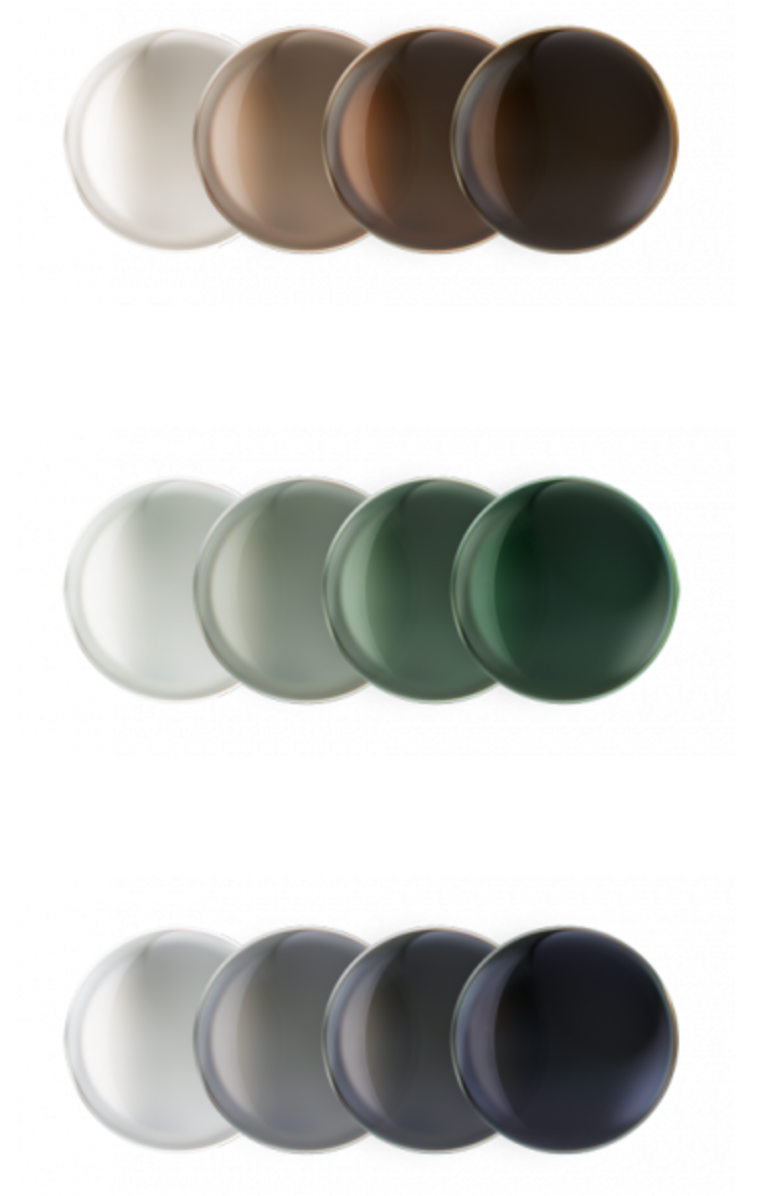
Welcome to Question of the Day #374
EyeTools Question of the Day #374
Some of my patients suffer from daytime glare in their own homes. They like to have lots of sunlight during the day and don’t want to fully close their curtains but sometimes it can be too bright for them. Do you have any experience of those photochromics which work indoors where much of the UV in sunlight is absorbed by windows?
Standard photochromic lenses work well when exposed to UV light. A reversible chemical reaction takes place in the lens caused by UV light and the lens darkens.
In environments where there is low UV this reaction doesn’t take place much or at all and the lens remains clear.
The Transition Xtractive photochromic is the only lens I am aware of that will go dark in an environment without much or any UV light.
The chemical reaction that darkens the lens is caused by visible light and UV.
I have also worked with patients who like to have a bright house during the day but complain of glare from sunlight. The Transitions Xtractive photochromic, especially generation 2, works well in the car and in the house.
They also go dark at high temperatures. This has been a problem for some earlier photochromics.
They absorb blue light and UV and therefore as well as reducing the effects of glare, may slow the progression of cataract and age-related macular degeneration.
This lens form is something to talk to your patients about when they mention in door and in car glare.



1.jpg)



.jpg)
.jpg)



_(Instagram_Post).jpg)
.jpg)
_(1080_x_1080_px).jpg)


with_UP_Cabinet_Minister_Sh_Nand_Gopal_Gupta_at_OpticsFair_demonstrating_Refraction.jpg)
with_UP_Cabinet_Minister_Sh_Nand_Gopal_Gupta_at_OpticsFair_demonstrating_Refraction_(1).jpg)

.jpg)








.jpg)



.png)




